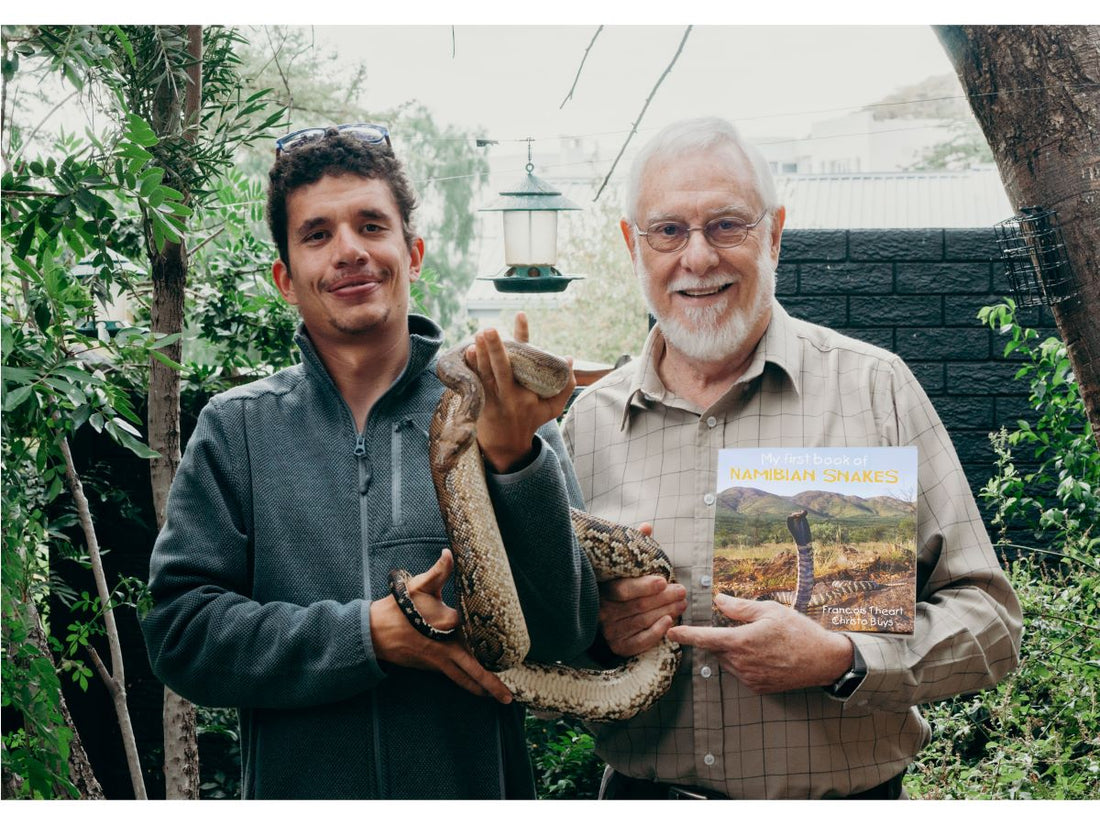Snakes are found in a variety of myths and stories across many different cultures, ranging from Medusa (Greek mythology) to Bai Suzhen (Chinese mythology) and even Kouteign Kooru, a giant serpent, who was hunted and then fled by burrowing, resulting in the Fish River Canyon (San mythology). These slithery creatures are also represented in a variety of symbols, with some identifying them as evil or death, while others regard them as a symbol for healing, fertility, power or medicine.
In today’s society, most people fear snakes due to their looks but also because of the stories of the more venomous and dangerous species of snakes. Many snakes are persecuted for just being a snake and not whether they are a danger to the person’s well-being or not. In southern Africa however, there are 173 species of snake of which only 11% are deadly. The majority of snakebite victims that are hospitalized after being bitten will survive, with only 15% of them requiring the antivenom. There are also different types of venom, which are categorized into three very broad distinctions. These are Neurotoxins (which affects the nervous system), Cytotoxin (which affects the tissue muscle cells) and Heamotoxin (which affects the clotting mechanism of the blood). These snakes rely on their venom to subdue their prey, while others rely on constricting their prey. In Namibia, there are 81 different species of snake, of which only 11 species are venomous and dangerous.

“My first book of Namibian Snakes” provides a reader with interesting and important information on the different types of snakes that are found in Namibia, of which many of them also occur throughout Southern Africa. The authors Francois Theart and Christo Buys have many years of experience in dealing with snakes and snake bites. Francois has 15 years of experience in handling and dealing with snakes and is a field researcher and environmentalist who specializes in the ecology of snakes and human-snake conflict. He also offers training opportunities for people to learn snake identification and safe handling. Christo, who is a medical practitioner, has 47 years of experience in treating of snake bite victims.
So, go ahead, get this book and learn some wonderful facts about these amazing, misunderstood and fascinating creatures. At first glance, it seems that the book’s title refers to its intention to inform and educate young children. However, anybody’s inner child receives a shot of adrenaline merely by browsing through this book. It is colourful, clear, and divided up in comprehensive, bite size (excuse the pun) pieces of very interesting information. In case of emergency, you can quickly page to the correct information of the species of snake you might find before you. With its clear classification of adders, cobras and relatives, burrowing snakes, rear fanged snakes, constrictors, and those that do not fall under one common classification, turning each page becomes like an exciting adventure.
The highlight on each page must be the section “did you know”?
Whilst we are not going to give away all the secrets the snakes are waiting for you to discover, we will leave you with a very unknown fact: that snakes are oviparous as well as viviparous. This means that snakes either are born from their mother’s belly alive but can also hatch from an egg their mother laid somewhere in the bush. How cool is that?

Now, ssssssslither on over to our book section at the Gondwana Collection Namibia Curio shops and get your own copy or simply order it online! You will really get to know and respect our Namibian snakes.
Download a Free PDF of the Medical Management of the snake victim.
Written by: Stephanie De Lange

